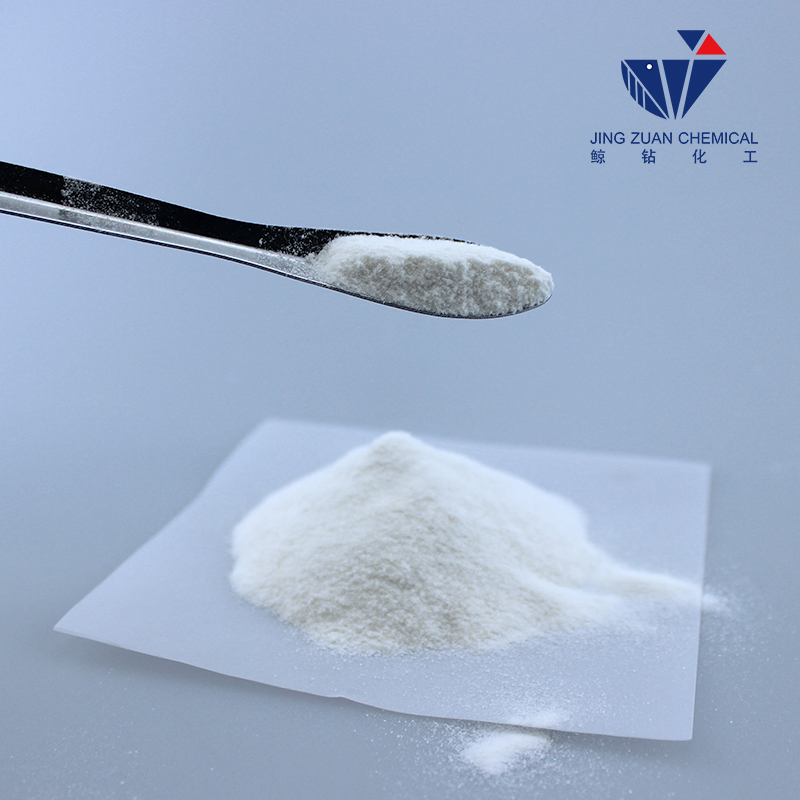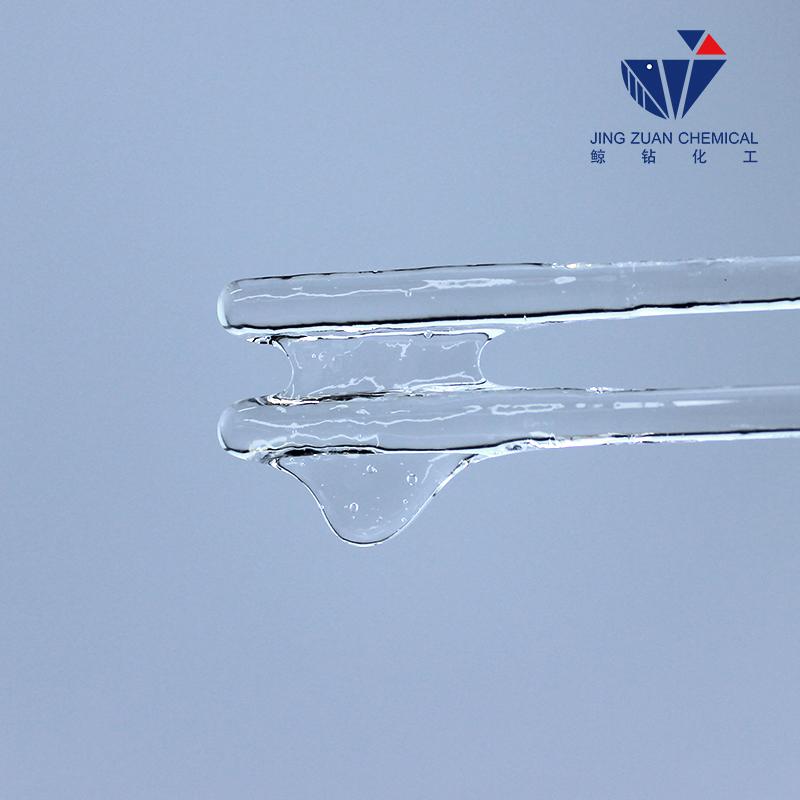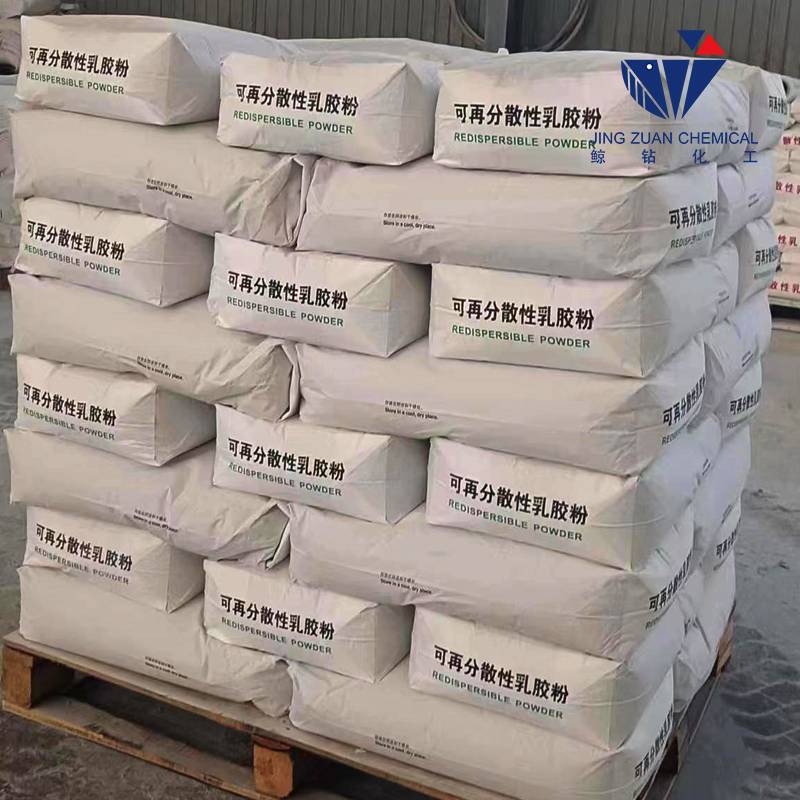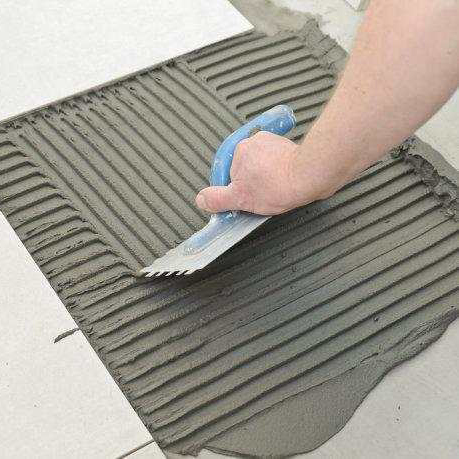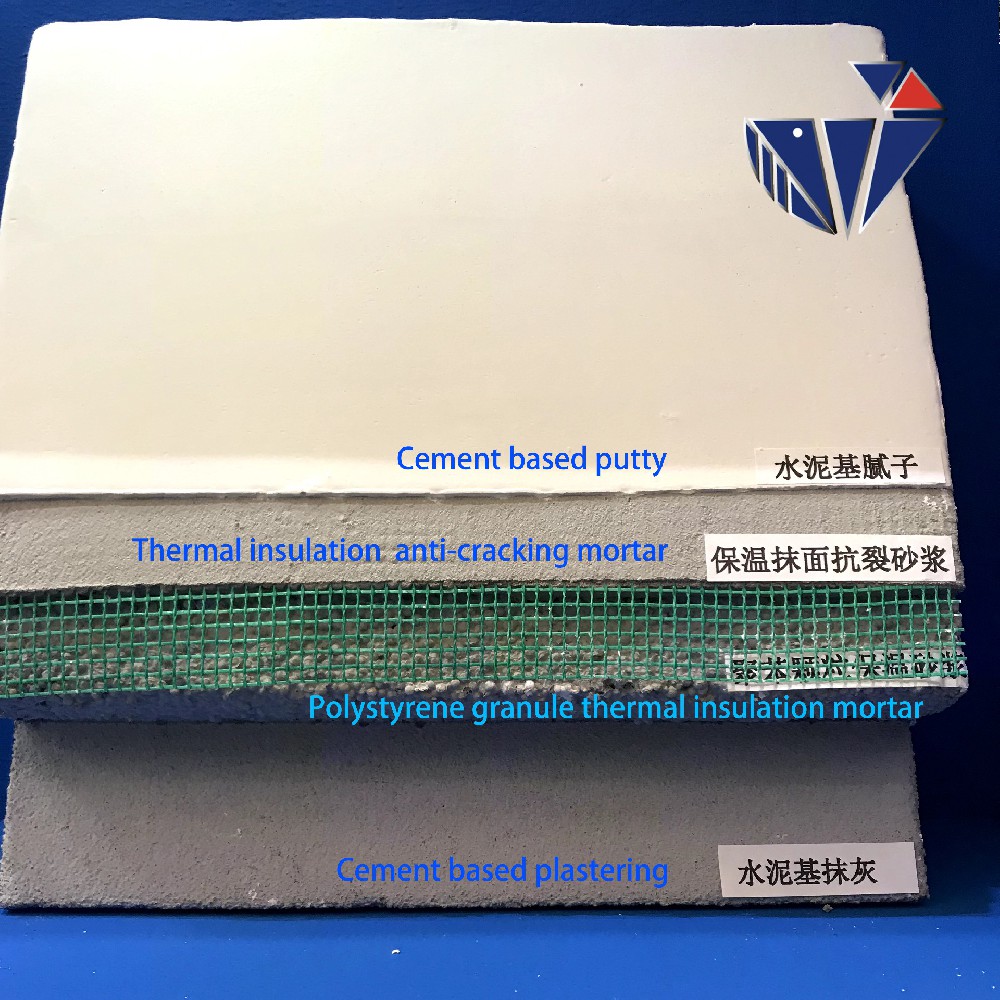
Лис . 02, 2024 08:13 Back to list
hpmc applications
HPMC Applications A Versatile Polymer in Various Industries
Hydroxypropyl Methylcellulose (HPMC) is a semi-synthetic polymer derived from cellulose, a natural polymer found in the cell walls of plants. Due to its unique properties, HPMC has found a wide array of applications across various industries, including pharmaceuticals, food, cosmetics, and construction.
One of the most prominent applications of HPMC is in the pharmaceutical industry, where it serves as an essential excipient in drug formulations. Its ability to form gels and its high viscosity make it an excellent thickening agent, which enhances the stability and bioavailability of medications. HPMC is often used in the production of controlled-release tablets and capsules. By adjusting the molecular weight and degree of substitution, manufacturers can tailor the release profiles of the active ingredients, allowing for more effective and prolonged therapeutic effects.
HPMC Applications A Versatile Polymer in Various Industries
In cosmetology and personal care products, HPMC plays a crucial role. Its film-forming capabilities and moisture-retaining properties make it a popular ingredient in lotions, creams, and gels. HPMC not only improves the texture and spreadability of these products but also contributes to their stability over time. In hair care products, it helps provide hold and manageability, making it a favored choice for styling gels and sprays.
hpmc applications

The construction industry has also seen significant advantages from the use of HPMC. It is a vital component in dry-mix mortars, tile adhesives, and plasters. HPMC enhances the workability and water retention of these mixtures, which is essential for achieving strong adhesion and extending the open time for application. Furthermore, it helps reduce shrinkage and cracking in cement-based materials, leading to more durable and long-lasting constructions.
Another fascinating application of HPMC lies in the realm of 3D printing, where it is utilized as a binder for printing materials. Its ability to create a smooth, effective interface allows for high precision in layer adhesion, which is critical for producing detailed prototypes and components.
In the realm of biomedical applications, HPMC has gained traction for use in drug delivery systems, wound dressings, and tissue engineering due to its biocompatibility and ability to form hydrogels. These properties make it an attractive option for developing innovative medical therapies and regenerative medicine solutions.
In conclusion, HPMC is a versatile polymer with numerous applications across various industries. Its unique properties, including film-forming abilities, thickening characteristics, and biocompatibility, position it as a valuable ingredient in pharmaceuticals, food products, cosmetics, construction materials, and more. As research continues to uncover new potential uses for HPMC, its importance in various sectors is likely to grow, contributing to advancements in technology and product development.
-
The Widespread Application of Redispersible Powder in Construction and Building Materials
NewsMay.16,2025
-
The Widespread Application of Hpmc in the Detergent Industry
NewsMay.16,2025
-
The Main Applications of Hydroxyethyl Cellulose in Paints and Coatings
NewsMay.16,2025
-
Mortar Bonding Agent: the Key to Enhancing the Adhesion Between New and Old Mortar Layers and Between Mortar and Different Substrates
NewsMay.16,2025
-
HPMC: Application as a thickener and excipient
NewsMay.16,2025
-
Hec Cellulose Cellulose: Multi functional dispersants and high-efficiency thickeners
NewsMay.16,2025

